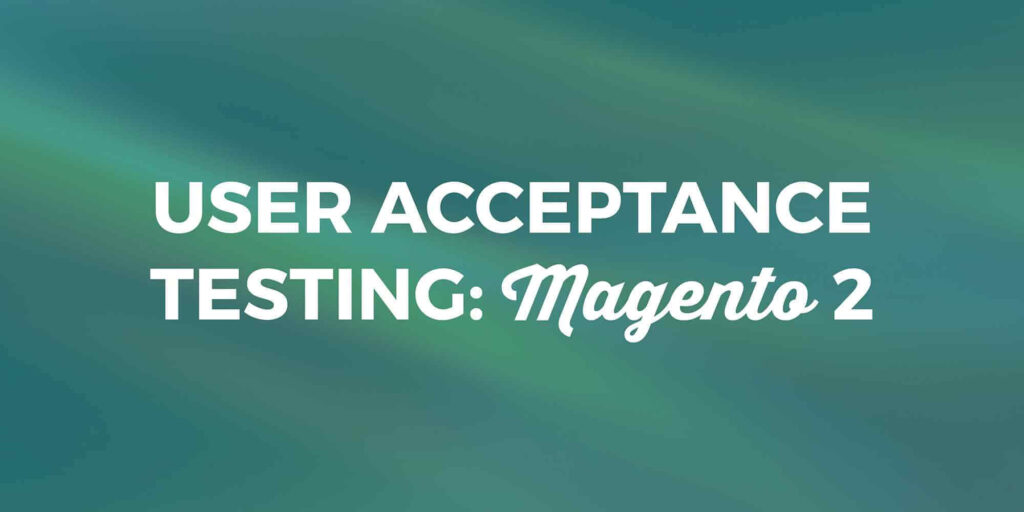User Acceptance Testing a Magento 2 Site

During our website builds, some of our clients have asked about our quality assurance process. We commonly get questions like “What do you check during testing?” and “What should our testing include?” We can give answers to the first question during the course of the project. In response to the second question, we recently wrote […]
